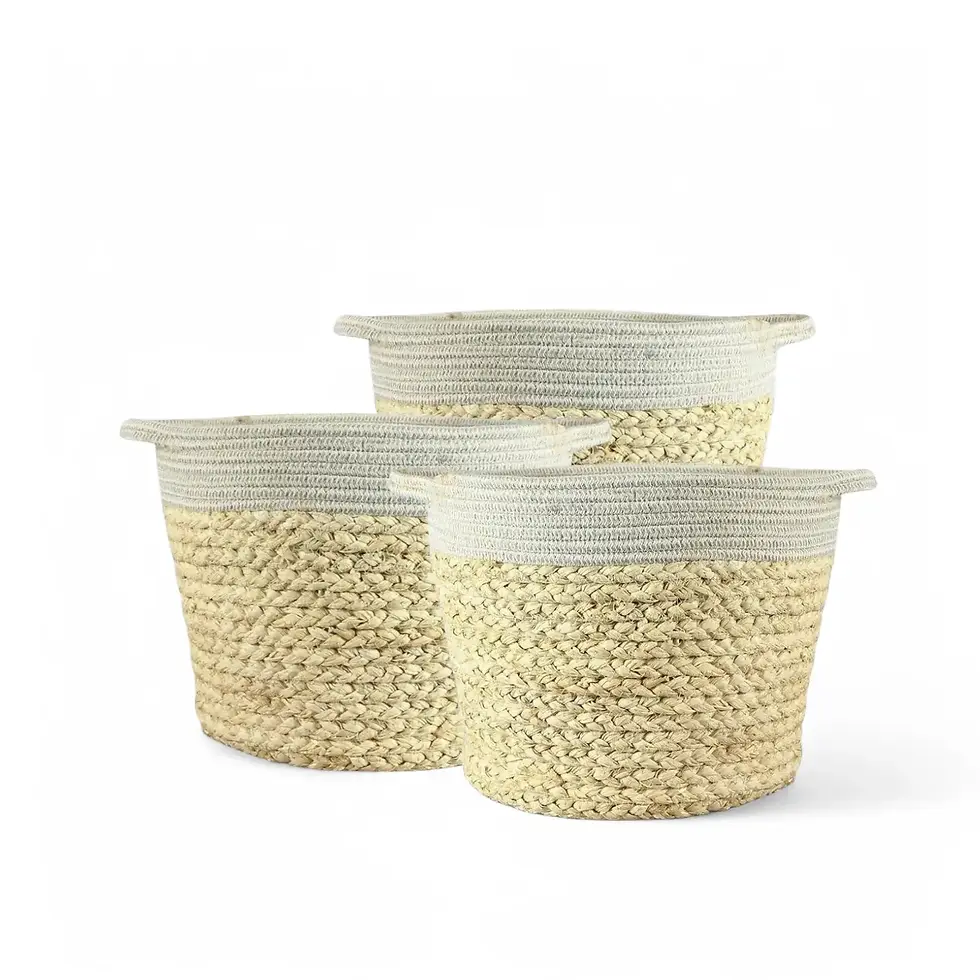Ficus binnendijkii ‘Amstel King’ – Insights and Plant Care
Ficus binnendijkii ‘Amstel King’ is an elegant and easy–to–care–for houseplant known for its graceful appearance and robust nature. This cultivar stands out with its arching branches and beautifully glossy, narrow leaves that reach up to 25 cm in length. The leaves are lanceolate and exhibit a striking color transformation, starting as a vibrant red before maturing into a rich, dark green. This unique coloration adds a dynamic visual element to any plant collection. Ficus binnendijkii ‘Amstel King’ is perfect for anyone looking to introduce a touch of sophistication and greenery into their living or office space.
Unique Features of Ficus binnendijkii ‘Amstel King’
- Growth Habit: Upright growth with gracefully arching branches, reaching up to 2 meters indoors.
- Leaf Characteristics: Glossy, narrow lanceolate leaves up to 25 cm long, emerging red and maturing into dark green.
- Resilient Nature: Adaptable to various indoor conditions, making it an excellent choice for plant enthusiasts of all experience levels.
Ficus binnendijkii ‘Amstel King’ Care Guide
Caring for Ficus binnendijkii ‘Amstel King’ is relatively straightforward. Follow these tips to ensure your plant remains healthy and vibrant:
Light Requirements
- Thrives in bright, indirect light but can tolerate some direct sunlight.
- Avoid placing it in low–light areas, as this may cause leaf drop.
Watering
- Keep the soil evenly moist but not waterlogged.
- Water when the top 2–3 cm of soil is dry.
- Ensure the pot has good drainage to prevent root rot.
Humidity
- Prefers slightly higher humidity but adapts well to average indoor humidity levels.
- Avoid placing it in excessively dry environments.
Soil
- Use a well–draining, loamy potting mix.
- A mix designed for indoor plants with added perlite or coarse sand works well.
Fertilization
- Feed with a balanced liquid fertilizer once a month during the growing season.
- Avoid over–fertilizing, as this can lead to leaf burn.
Pruning
- Prune occasionally to maintain the desired shape.
- Remove any dead or yellowing leaves to promote healthy growth.
Ficus binnendijkii ‘Amstel King’ – Common Issues and Solutions
Even with its resilient nature, Ficus binnendijkii ‘Amstel King’ can encounter a few common issues. Here are some troubleshooting tips:
Leaf Drop
- Cause: Sudden changes in temperature, light, or watering habits.
- Solution: Maintain a stable environment and consistent care routine.
Yellowing Leaves
- Cause: Overwatering.
- Solution: Check soil moisture and allow it to dry out before the next watering.
Pests
- Common Pests: Spider mites, mealybugs, and scale.
- Solution: Regularly inspect leaves and stems. Wipe with a damp cloth and treat with insecticidal soap if necessary.
Root Rot
- Cause: Poor drainage or overwatering.
- Solution: Ensure the pot has adequate drainage holes and avoid letting the plant sit in standing water.
Additional Growing Tips
Placement
- Position in a location with bright, indirect light.
- Avoid drafts and sudden temperature changes.
Support
- As the plant grows, it may require some support to maintain its upright form.
- Use stakes if necessary.
Cleaning
- Dust can accumulate on the leaves, hindering photosynthesis.
- Wipe leaves regularly with a damp cloth to keep them clean and shiny.
Understanding the natural habitat of Ficus binnendijkii ‘Amstel King’ can greatly enhance your ability to provide the best care. Originating from Southeast Asia, this species thrives in warm, humid environments with filtered sunlight. By mimicking these conditions in your home, you can ensure that your plant doesn’t just survive but flourishes.
Etymology
The genus name Ficus dates back to around 1400, derived from the Latin word for “fig” or “fig tree.” It was officially chosen by the renowned botanist Carl Linnaeus in 1753 as the name for a large genus of trees and shrubs. This name pays homage to the long–standing significance of figs in various cultures and ecosystems worldwide.
Ficus binnendijkii 'Amstel King'
Ficus binnendijkii 'Amstel King' is approximately 80 cm tall and comes in a ⌀ 15pot






















































